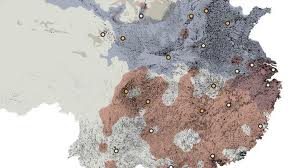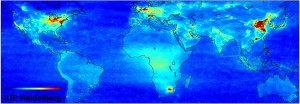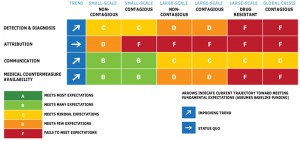![]() Although there is still great resistance as you can see in this report slowly, at least in Europe, the truth about the role of pesticides and herbicides in the decline of the bees is being recognized. Here in the U.S. nothing is happening, even as the collapse of bee colonies increases. About one-third of bee colonies was lost this last year. Of the 90 plant food stuffs humans eat 70 are utterly dependent on bee poll! ination.
Although there is still great resistance as you can see in this report slowly, at least in Europe, the truth about the role of pesticides and herbicides in the decline of the bees is being recognized. Here in the U.S. nothing is happening, even as the collapse of bee colonies increases. About one-third of bee colonies was lost this last year. Of the 90 plant food stuffs humans eat 70 are utterly dependent on bee poll! ination.
EU Proposal to Protect Bees Stirs Hornets' Nest
DON MELVIN – The Associated Press
BRUSSELS – An attempt to protect Europe's bee population has kicked up a hornets' nest.
On Thursday, the EU's commissioner for health and consumer policy, Tonio Borg, proposed to restrict the use of three pesticides – called nenicotinoids – to crops to which bees are not attracted.
The three pesticides were clothianidin, imidacloprid and thiametoxam; the crops from which they would be banned include sunflowers, rapeseed, cotton and maize. The policy would take effect July 1 for the EU's 27 nations and be reviewed after two years.
But while environmentalists welcomed Borg's proposal as an important first step, Borg's spokesman, Frederic Vincent, confirmed that some countries reacted unenthusiastically, preferring further study to immediate action. He declined to identify them.
Marco Contiero of the environmental group Greenpeace said Britain was firmly opposed, and Germany and Spain were either opposed or wanted more time to consider.
Luis Morago of the advocacy group Avaaz, meanwhile, condemned what he called “spurious” British and German opposition and said 2.2 million people had signed an Internet petition calling for a comprehensive ban on the pesticides.
Beekeepers have reported an unusual decline in bees over the past decade, particularly in Western Europe, the European Food Safety Authority says. Bees are critically important to the environment, sustaining biodiversity by providing pollination for a wide range of crops and wild plants – including most of the food crops in Europe, it says.








